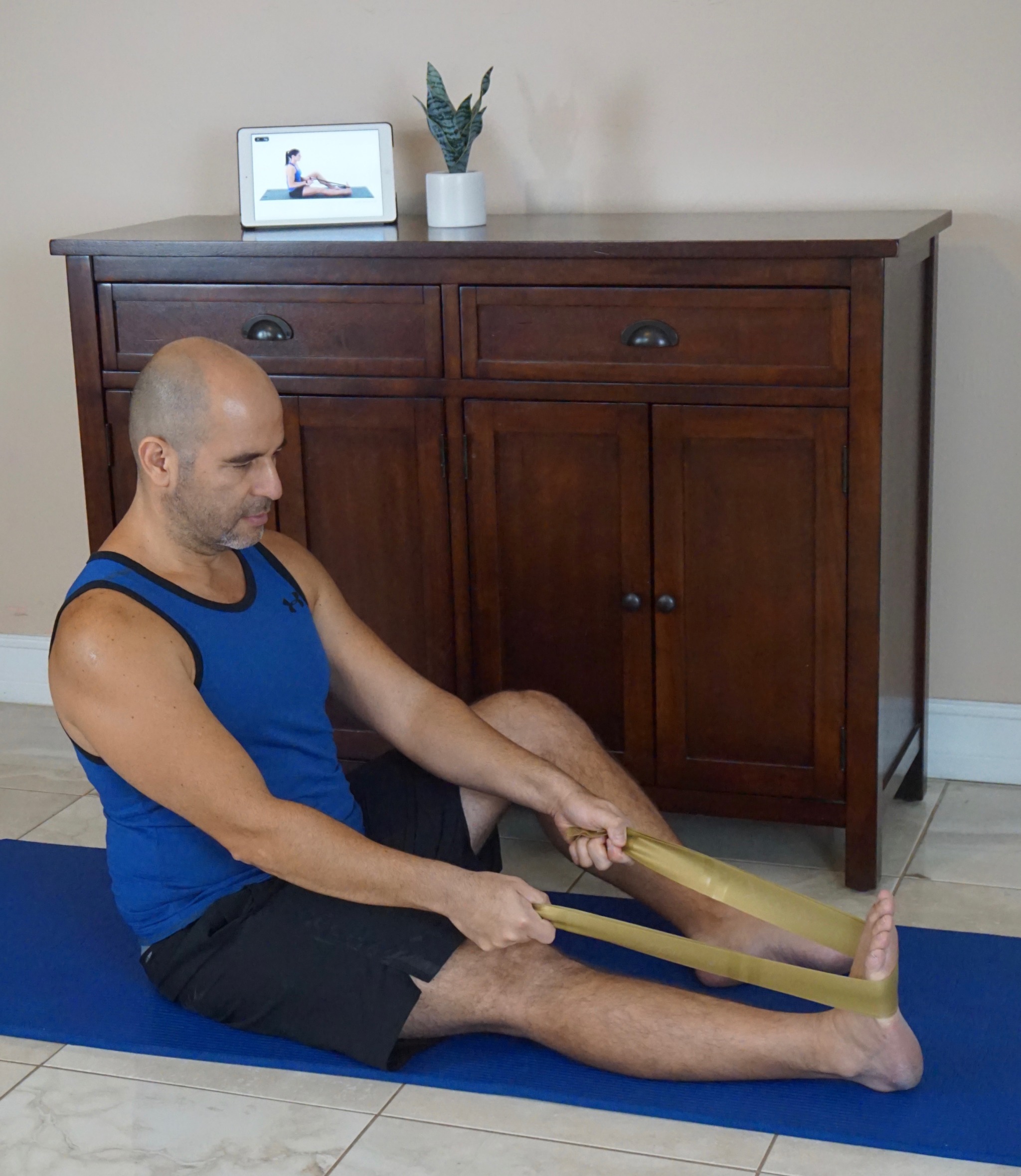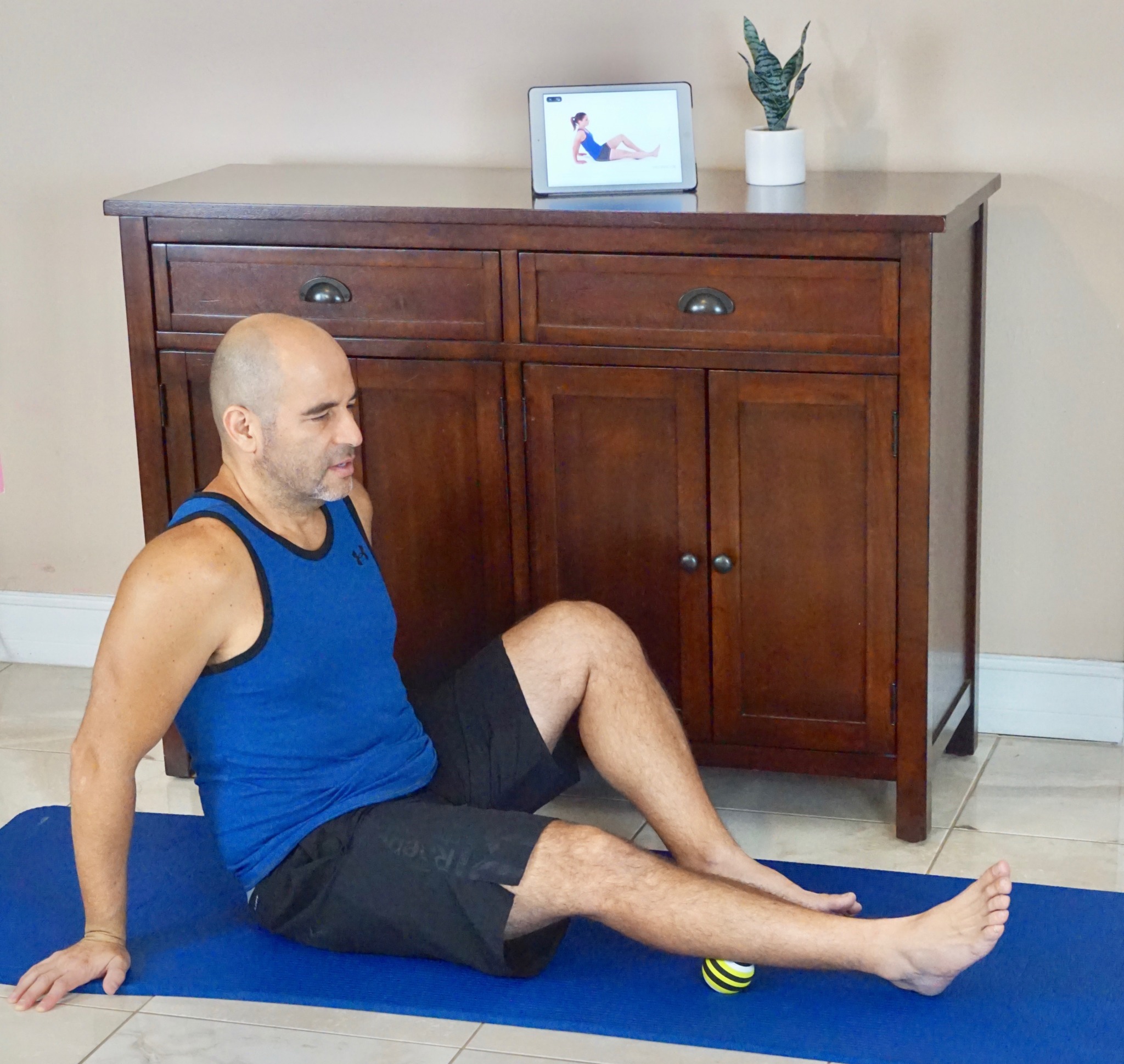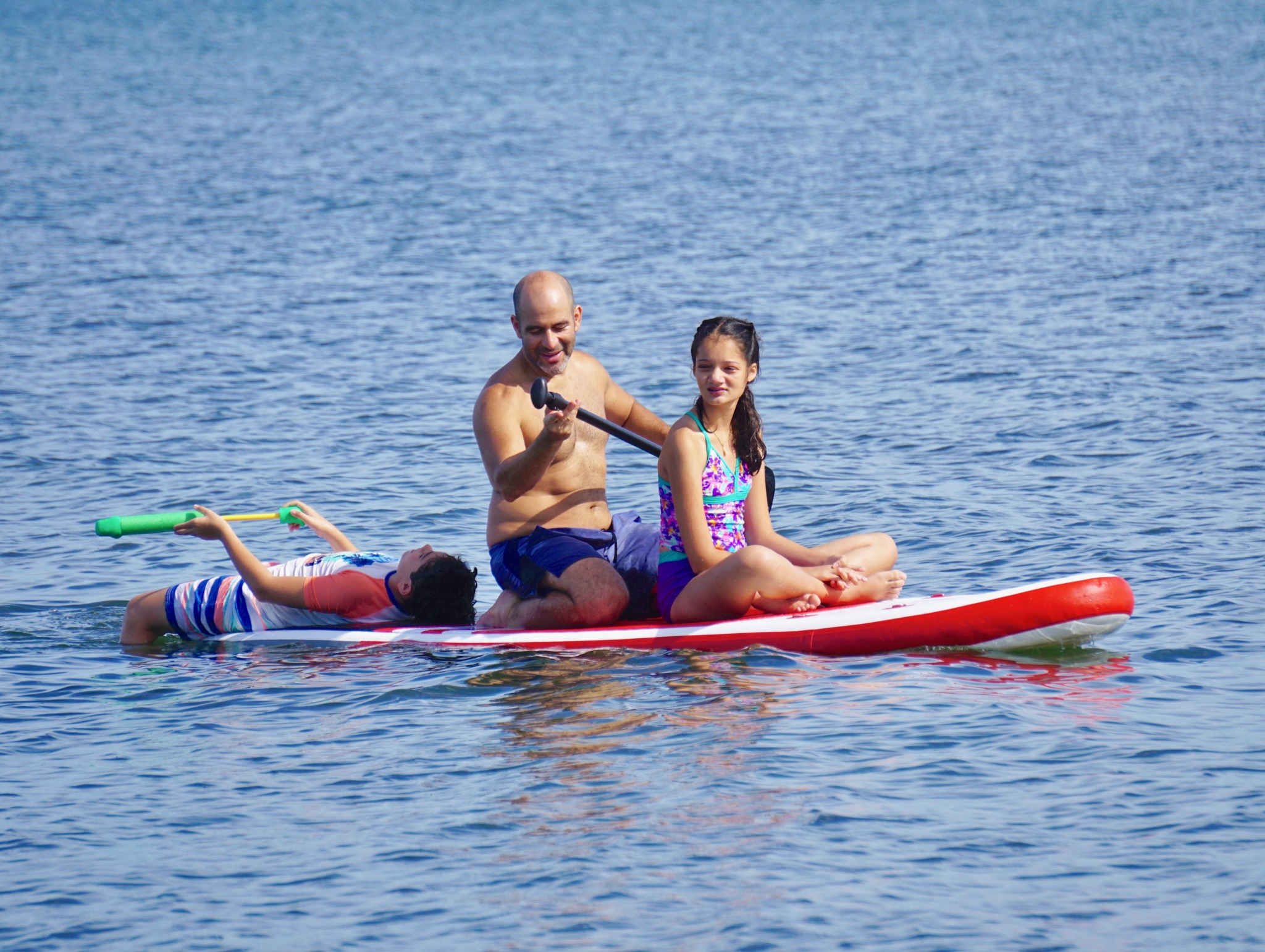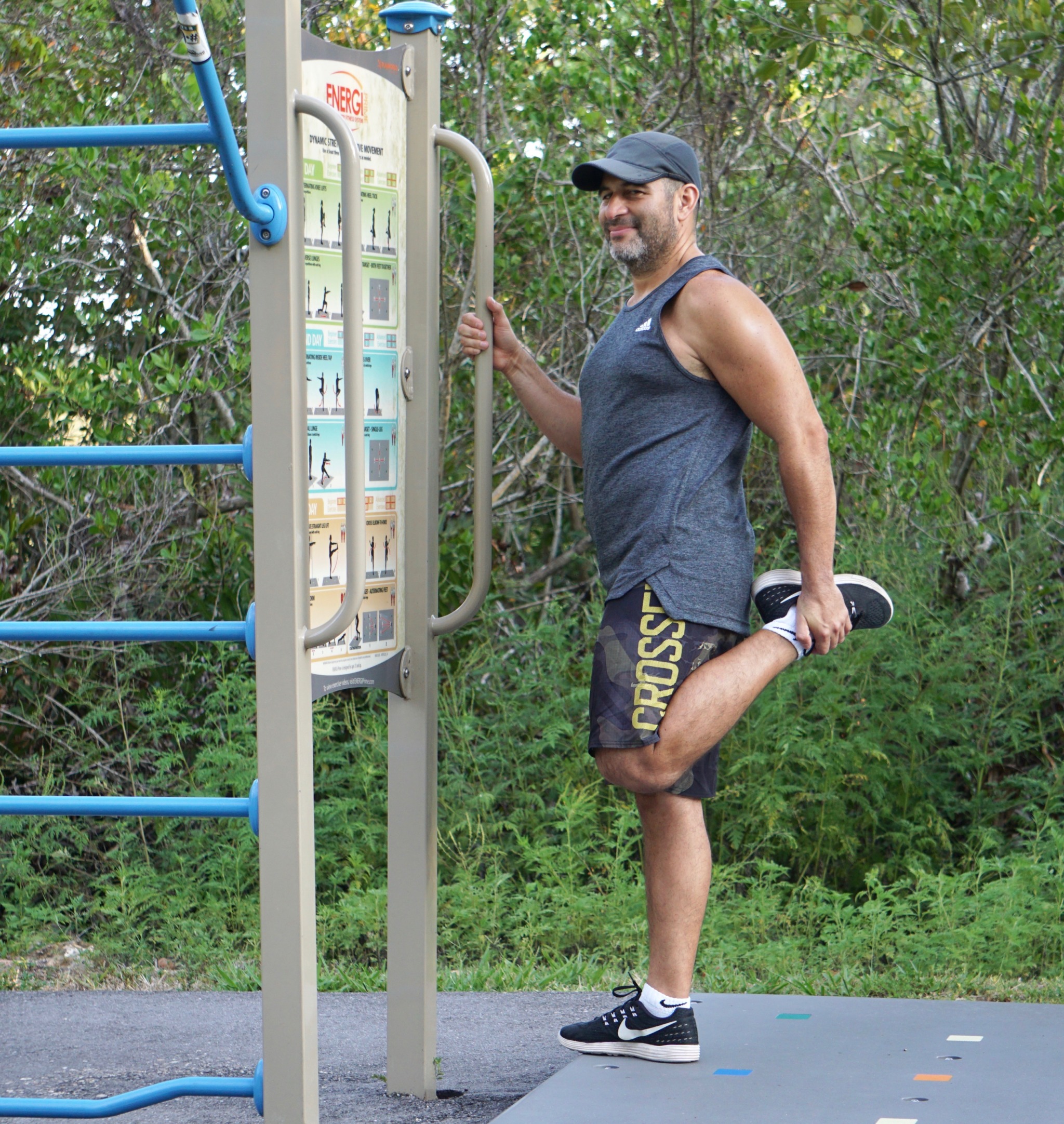If you’ve suffered from a sports or musculoskeletal injury, there are steps you can take at home to safely and effectively make a quick comeback. From early first aid treatments to getting a free, personalized recovery plan from a Certified Athletic Trainer online, these tips for faster recovery from a sports injury will help you get back to your active lifestyle. These easy steps can get you back to your active lifestyle as soon as possible.
I have been a very active person all of my life, from CrossFit and running to mountain biking and weightlifting. Being active and in shape is something I am passionate about. There is nothing more frustrating than dealing with a sports injury, but being equipped with Online CPR Certification can provide some peace of mind. No matter what your level of activity, injury and pain can prevent you from doing what you love and enjoying an active lifestyle.

At any time, making an appointment with a sports doctor can be time consuming and expensive. And now with shelter-in-place orders, it can be even more challenging to get the help you need to recover from a sports injury. That is why I am water to share some easy steps that you can take at home to speed up your recovery.
4 Tips for a Faster Recovery After A Sports Injury
1. Use the R.I.C.E. method
- Rest – It’s important to give your body the time it needs to recuperate. Stay away from any movements or exercises that put stress or pressure on the area where you are experiencing pain for at least 48 hours.
- Ice – Applying ice to the muscles or area that has been injured will help to reduce the pain and swelling. It’s recommended to ice your injury for 15 to 20 minutes, 4 or 5 times per day for the first couple of days after the injury occurs.
- Compress – Wrapping the area with a compression bandage can prevent fluid buildup. It’s important to make sure that you wrap the injured area firmly but not too tightly as you do not want to cause more pain or prevent blood flow.
- Elevate – Elevating the injured area above your head will help drain fluid and reduce swelling.
2. Get a free personalized treatment plan for your injury
It’s very important to get a personalized treatment plan to address your specific injury. Many musculoskeletal (MSK) issues can be treated at home with a series of guided exercises, without having ever seen a doctor. You can get a personalized treatment plan from your physician or from apps like Upswing Health.

For minor injuries, Upswing Health provides home exercises with detailed instructional videos. For more serious injuries, Upswing connects you to a Certified Athletic Trainer who validates those injuries and if necessary sets up a telehealth visit with a primary care sports medicine physician. Upswing Health is the only national telemedicine service that allows you to talk to a sports medicine doctor for free.
3. Take it slow
After you have recovered from your injury, it’s important to give yourself time. It may be tempting to get back to your exercise routine as soon as possible, but taking it slow and easing back into it will ensure a full recovery.

Make sure that you get lots of rest and that you stay away from applying too much pressure on the injured area. You can find other ways to exercise and be active while making sure that you rest the injured area. Since I injured my ankle, I have been looking for exercises that don’t require me to put any pressure on it like paddle boarding, swimming, etc.
4. Prevent injuries in the future
Warming up and stretching before working out or practicing a sport is key, not only for optimal performance but also for preventing injuries. You can warm up by starting off slowly or by doing specific warm-up exercises.

- Keto Hot Dog and Egg Tacos - October 4, 2021
- Soccer Snack Board - April 8, 2021
- Cilantro Lime Butter Salmon Sheet Pan Fajitas - February 22, 2021



This is great info! My husband had a sports injury and is still dealing with that.
I am not a sportsperson but information like this is good to know if an injury occurs
These are some really good pointers for recovery. People take recovery for granted and do not give sufficient rest for their body to recover and this is not good as it can irreparable damage.
Now this is great timing as my friend has just done some damage, so will wing this her way x
Upswing Health sounds like a great solution to sports injuries. I’m a fitness instructor, so its good to know about them.
These are some really good tips, practical and uses common sense. I had major knee surgery a few years ago when I tore my ACL so I know how important recovery is
Laura x
It’s great to see just how many tools exist for the purpose of helping people recover from injuries. Mobile apps have been especially helpful and I’m glad to see you mention Upswing. It’s very customizable and seems to be developed with various regimens in mind.
There are some interesting points in time in this article. There is some validity but I will take hold opinion until I look into it further. Good article, thanks and I want more! Added to my Feed as well.
Hi there,
Very informative and helpful post. Injuries are common to any type of player. However, home remedies can reduce pain quickly. Raw turmeric is a great home remedy that reduces pain quickly. You can also try this remedy. It’s an Ayurvedic pain killer. And there are no side effects.